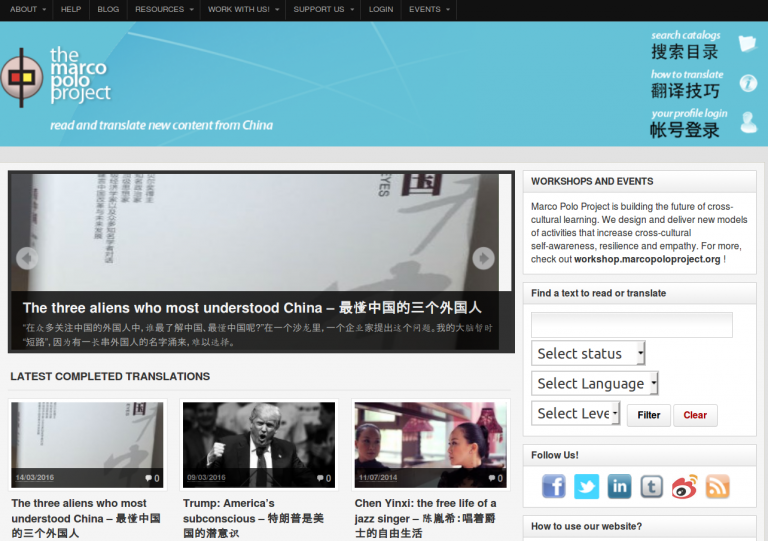


In this sampling it is evident that language attitude does not correlate to fluency, possibly indicating that their attitudes toward Burmese were not accurately portrayed. For some participants who are more fluent in Burmese, yet stated they did not use it often in Burma (Myanmar), Burmese became more useful in the United States, becoming a neutral code between refugees from Burma (Myanmar) of different ethnicities. may have been a large factor contributing to some participants’ fluency in Burmese. I used the following formats: yes/no questions, demographic information, and cultural/language information.

My interview contained eleven questions which had to do with language attitude. I first assessed the fluency of the participants’ Burmese using a scale measuring from 1-5, giving a statistical value to connect fluency with the other sections of the assessment. Each of these languages stems from Central Chin. I interviewed two native Falam Chin speakers, two native Hakha speakers, and three native Zotung speakers. The constraints for the seven participants are that they must have lived in Burma (Myanmar) for a few years before coming to the United States, and they must be fluent in Burmese. I also wanted to find out their views of the Burmese people and if these views had changed since their arrival in the United States.

The interviews focus on the participants’ language use and attitude toward the Burmese language, in comparison to their L1s. In August 2014, I interviewed individuals whose mother tongues belong to the Kuki-Chin language family. These two methods, girded by critical and ecological theories, elucidate the participants’ counter-stories that provide insight into how the refugees are negotiating culturally relevant lifestyle choices in their new American contexts. The researchers then engaged participants in a qualitative exploration of their lifestyle choices using a photovoice protocol. Using a transformative mixed method methodology, this study employed the East Asian Acculturation Scale (EAAM) to identify participants’ perceived level of acculturation within health care contexts. This lack of understanding of cultural difference contributes to the marginalization of refugees in the healthcare system. Although healthcare providers often recognize the role that language plays in the refugees’ ability to communicate their healthcare needs, they often ignore the role of culture. Healthcare providers in the United States often view the lifestyle choices made by refugees from Burma through the lenses of America’s norms for healthy living.


 0 kommentar(er)
0 kommentar(er)
